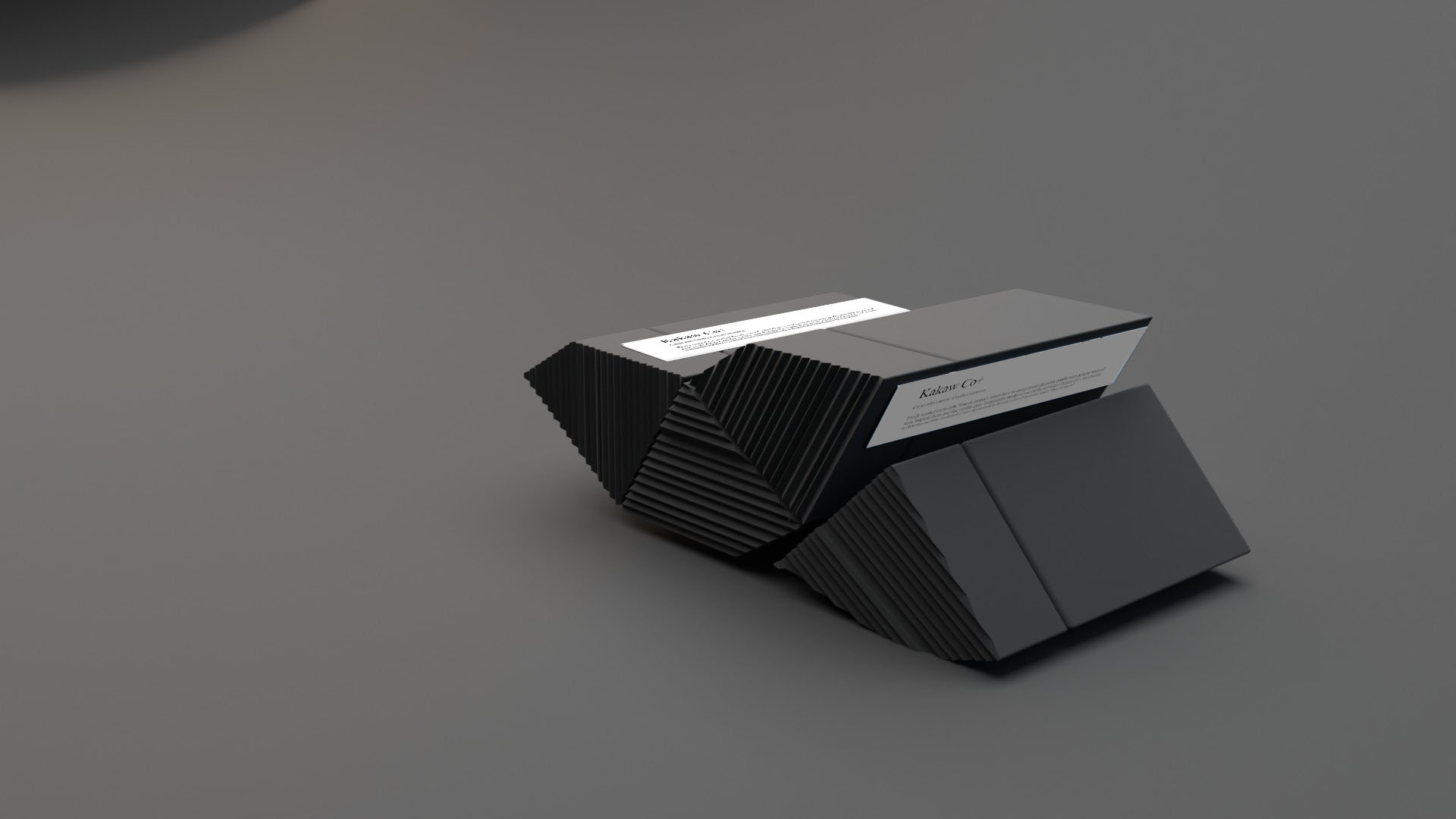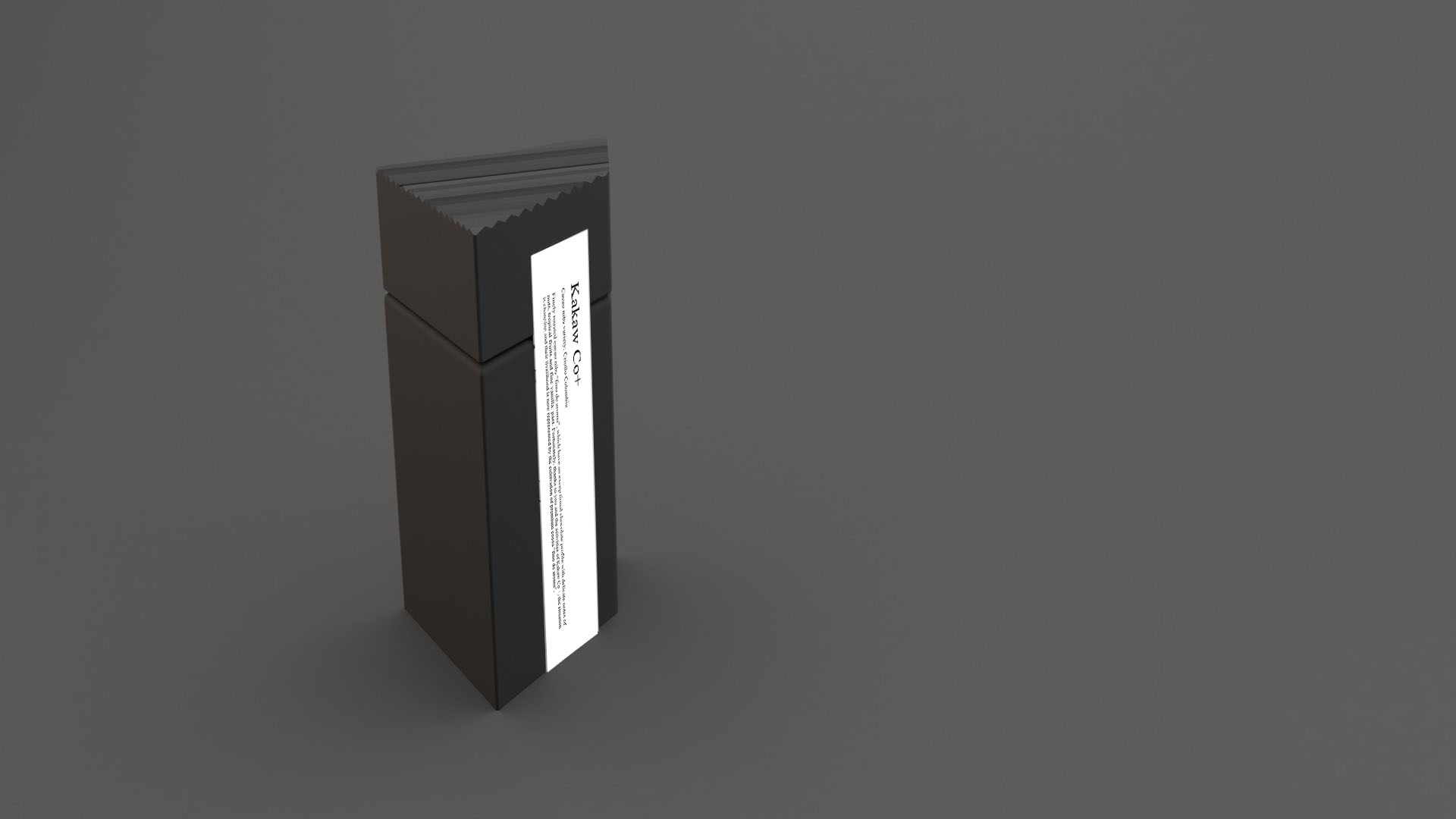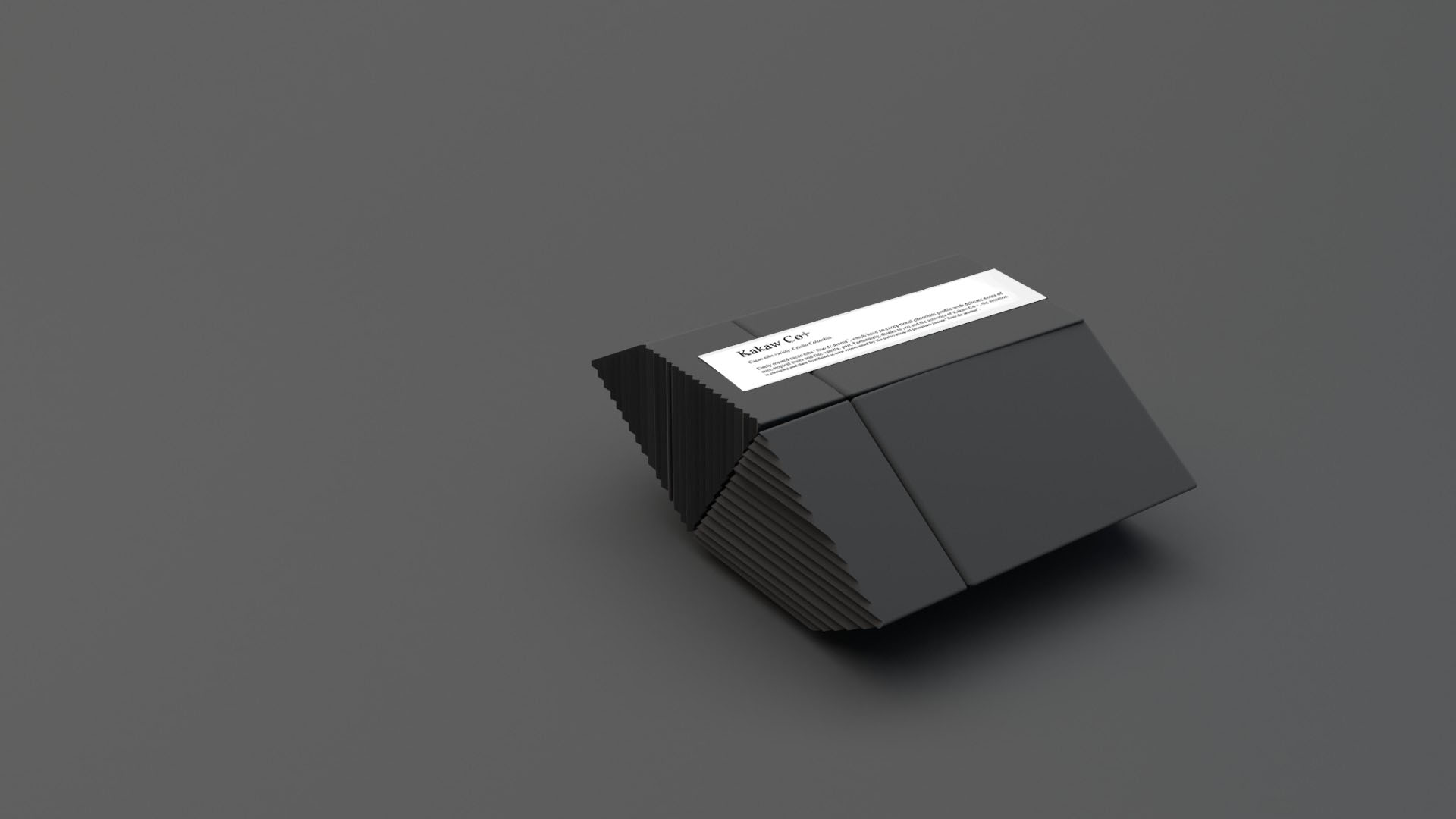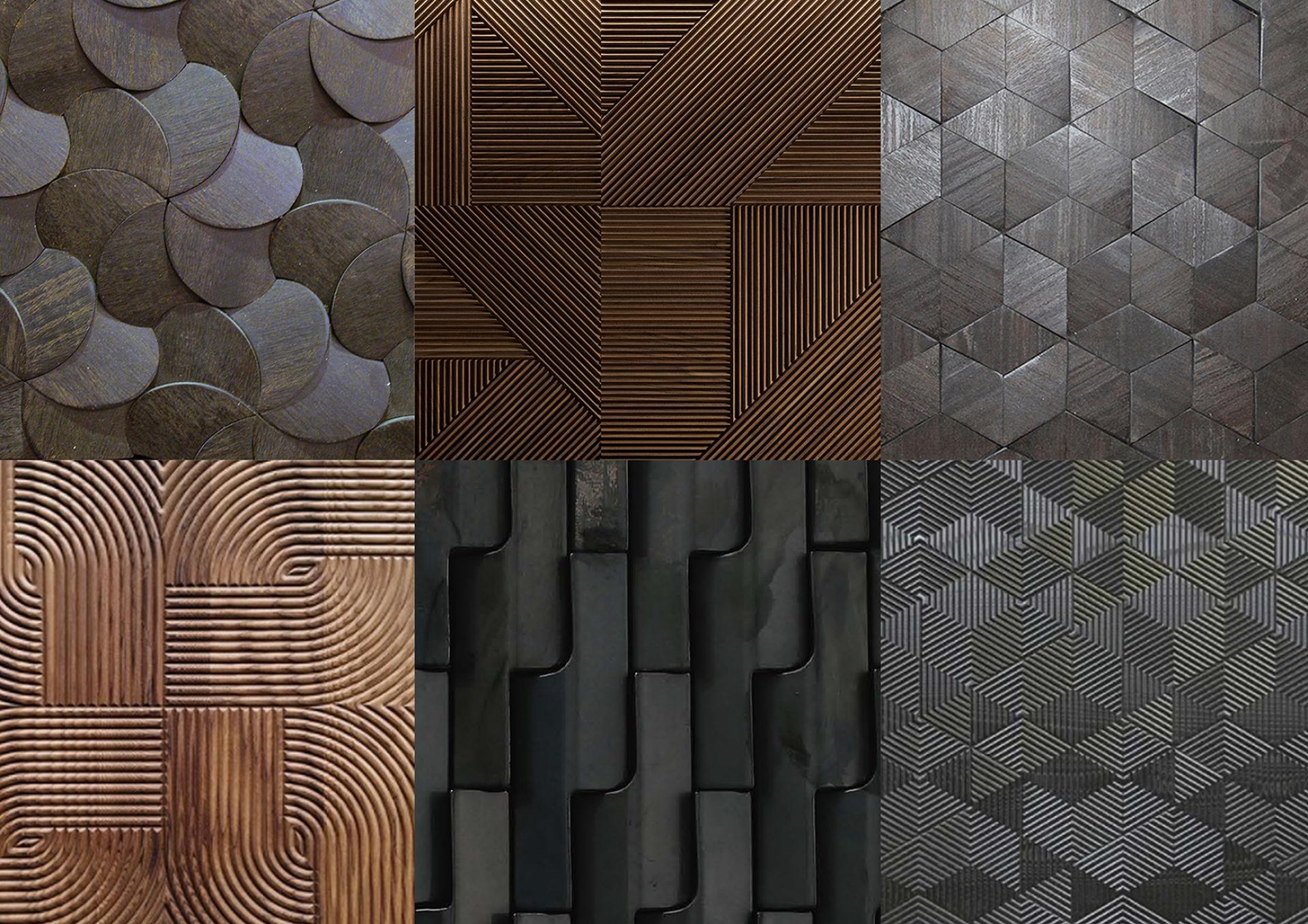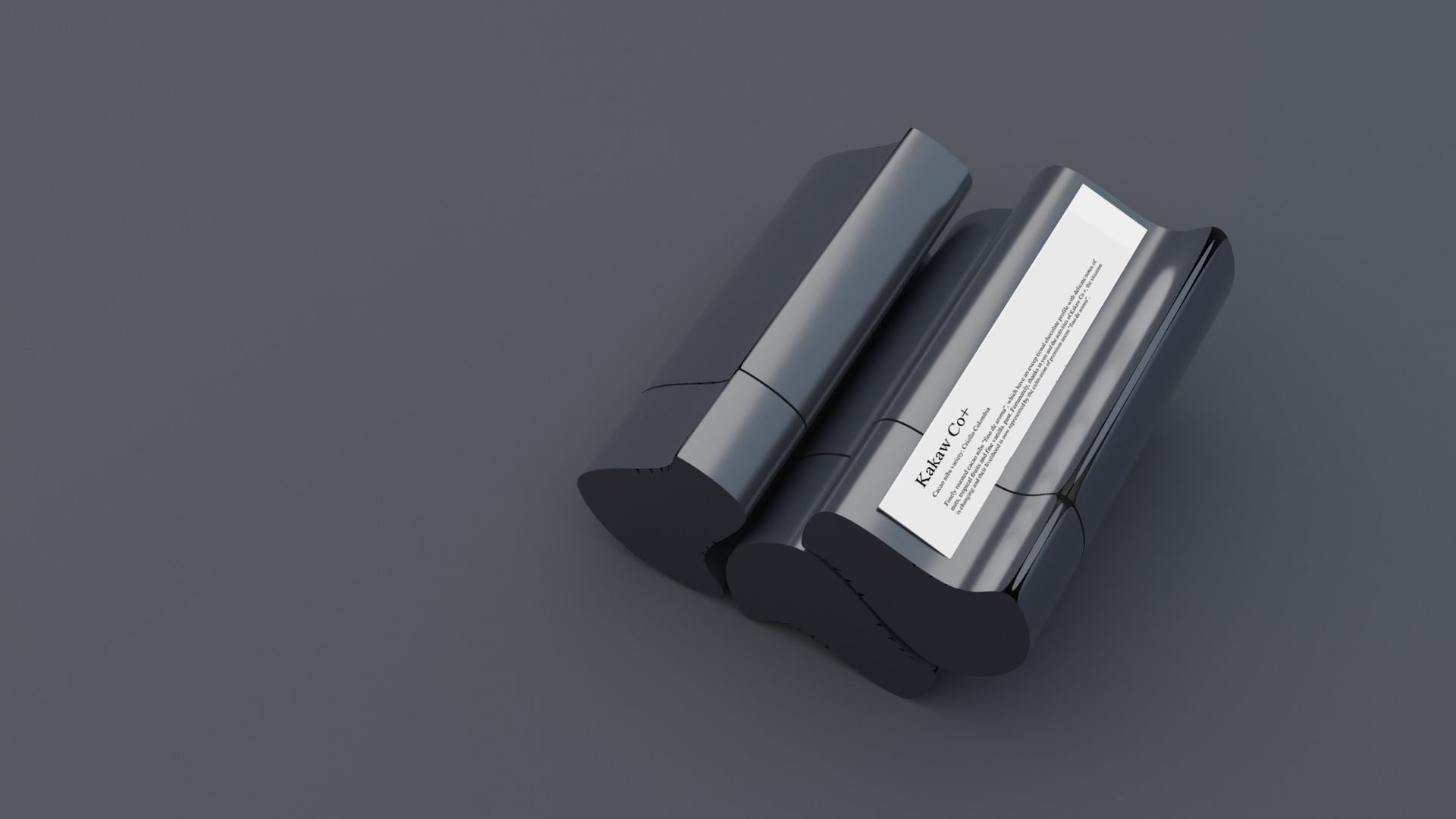PILLAR
Basic information
Project Title
Full project title
Category
Project Description
Intending to find alternative solutions for packaging and sustainable material that should meet the insulation needs of the product and be recyclable, the idea arose of using waste substances generated directly in the process of manufacturing the packaged product. Cocoa shells are one of the by-products of cocoa. Due to the importance of easy handling, the packaging was designed to meet stackability and storage properties and highlighted this feature as its primary.
Project Region
EU Programme or fund
Description of the project
Summary
Intending to find alternative solutions for packaging and sustainable material that should meet the insulation needs of the product and be recyclable, the idea arose of using waste substances generated directly in the process of manufacturing the packaged product. Cocoa shells are one of the by-products of cocoa. They are separated from the beans during the roasting process or after roasting. This plant material is considered unusable waste.
Due to the importance of easy handling, the packaging was designed to meet stackability and storage properties and highlighted this feature and highlighted as his primary.
The aesthetics of the decor and the type of relief could serve as a distinctive design accessory for kitchen interiors. Easily removable labels keep the packaging aesthetically functional for reuse.
Key objectives for sustainability
The packaging material solution should meet the insulation needs of the product and be made of recyclable material. It is important to design packaging that will be easy to handle (filling, storage, transport) - cooperation with the packaging plant of a sheltered workshop, where current packaging is labeled and products packed by more difficult to employ and disadvantaged people. The design must be sufficiently environmentally friendly, made of sustainable material, suitable for re-use or other uses, easily stackable labels, the aesthetic design of the product.
I enjoy finding new packaging solutions, using alternative materials, and coming up with innovative ideas. By implementing the design, I would contribute to the overall improvement of the aesthetics of the new product as well as its sustainable properties beneficial to society as a whole.
According to several expert sources, we have the last 12 years left to start behaving more environmentally conscious. In the world, it currently produces 300 million tonnes of plastic waste per year. A large amount of this huge mass will end up in the oceans.
Key objectives for aesthetics and quality
Due to the importance of easy handling with the packaging (filling, storage, transport) the packaging was designed to meet the properties of stackability, storage and highlighted and emphasized this feature as its primary.
The aesthetics of the decor and the type of relief could serve as a distinctive design accessory for kitchen interiors. The packaging could have a secondary use in storing spices or other necessary ingredients.
Key objectives for inclusion
The final packaging is designed to be easy to manufacture from cocoa husks as ballast waste from the cocoa production process.
At present, there are a huge number of by-products that are disposed of, which causes huge economic problems by polluting the environment. Given the growing world population and vanishing raw materials and the real threat of declining food resources, it is not surprising that on the needs for the preservation and reuse of materials that are considered as waste.
Its strong aesthetic significance underlines the sustainability of the product. Easily removable labels keep the packaging aesthetically functional for reuse.
Results in relation to category
Cocoa shells are the main by-product of cocoa, which separates from cotyledons during the roasting process or after roasting.
In 2014, exports of cocoa shells and other cocoa waste were valued at approximately £ 13,000. Countries in the middle
and West Africa account for 71.4% of total production and produce an estimated 6.7 million metric tons of cocoa capsules, as well as cocoa bean shells and cocoa bean cakes. The length of cycles of the utilization of "waste" within this packaging solution is several decades depending on the type of biodegradable plastic, its compostable properties, etc.
The principle of circulation of the solution lies in the use of waste materials such as cocoa bean husks, which are not used in other industries. As a less demanding alternative, recycled paper with an embossed pattern distinguishing product types can also be used in this proposal.
How Citizens benefit
Solving the problem of large amounts of organic waste, which is enormous ecological and financial burden for all aspects of the manufacturing industry is a necessity. Therefore, there is a need to find specific solutions for the most efficient use of raw materials in the production process. The benefit of using this packaging on the market consumes unusable waste in the form of an aesthetic element of the interior. It will thus contribute to a common database of rationally sustainable products for prosperous societies.
Innovative character
The aesthetics of the decor and the type of relief could serve as a distinctive design accessory for kitchen interiors. The packaging could have a secondary use in storing spices or other necessary ingredients.
The final packaging is designed to be easy to manufacture from cocoa husks as ballast waste from the cocoa production process.
Its strong aesthetic significance underlines the sustainability of the product. Easily removable labels keep the packaging aesthetically functional for reuse.

